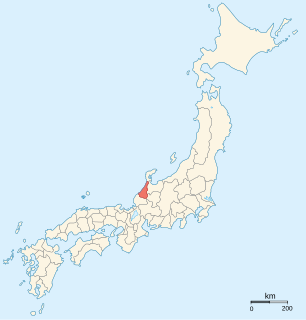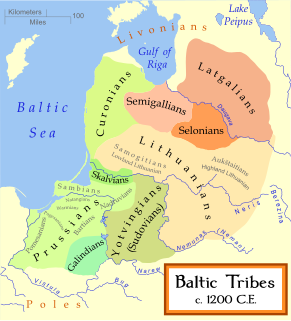 W
WConstantine Bodin was the ruler of Duklja, from 1081 to 1101, succeeding his father, Mihailo Vojislavljević. Born in peaceful times, when the Southern Slavs were subjects of the Byzantine Empire, his father was in 1072 approached by Bulgarian nobility, who sought aid in their revolt against the Byzantines; Mihailo sent them Bodin, who was crowned Bulgarian tsar under the name Petar III joined the short-lived revolt, being captured the following year after initial success. He was freed in 1078, and upon the death of his father in 1081 he succeeded to the throne of Dioclea. Having renewed his acknowledgement of Byzantine overlordship, he soon sided with their enemies, the Normans, which resulted in a Byzantine invasion and his capture. Although he quickly had himself freed, his reputation and influence waned. He was pushed aside into by one of his governors, Vukan, who continued the struggle against the Byzantines.
 W
WJoss Fritz (c.1470–c.1525) was a late fifteenth and early sixteenth century insurgent who lived in Germany. Full name Joseph Fritz, he was a serf from Untergrombach, Bruchsal.
 W
WGodas was a Gothic nobleman of the Vandal kingdom in North Africa. King Gelimer of the Vandals made him governor of the Vandalic province of Sardinia, but Godas stopped forwarding the taxes he collected and declared himself ruler of Sardinia.
 W
WJohn of Gothia was a Crimean Gothic metropolitan bishop of Doros, and rebel leader who overthrew and briefly expelled the Khazars from Gothia in 787. He was canonized as an Eastern Orthodox saint.
 W
WThe Kaga ikki, also known as The Peasants' Kingdom, was a theocratic feudal confederacy that emerged in Kaga Province, Japan, during the late 15th and early 16th centuries. The Kaga ikki was a faction of the Ikkō-ikki, mobs of peasant farmers, monks, priests, and jizamurai that espoused belief in Jōdo Shinshū Buddhism. Though nominally under the authority of the head abbot of the Hongan-ji, the Monshu, the ikkō-ikki proved difficult to control.
 W
WShahrbaraz, was king (shah) of the Sasanian Empire from 27 April 630 to 9 June 630. He usurped the throne from Ardashir III, and was killed by Iranian nobles after forty days. Before usurping the Sasanian throne he was a general (spahbed) under Khosrow II (590–628). He is furthermore noted for his important role during the climactic Byzantine–Sasanian War of 602–628, and the events that followed afterwards.
 W
WSkomantas, or Komantas was a powerful duke and pagan priest of the Sudovians/Yotvingians, one of the early Baltic tribes. He was at the height of his power during the 1260s and 1270s.
 W
WStefan Vojislav was the Prince of Duklja from 1040 to 1043. Beginning in the year 1018, he served as a Byzantine governor, until 1034 when he led an unsuccessful revolt that landed him in a prison at Constantinople. He managed to escape and returned home, this time successfully gaining the independence of his statelet and expanding his rule over southern Dalmatia and its hinterland.